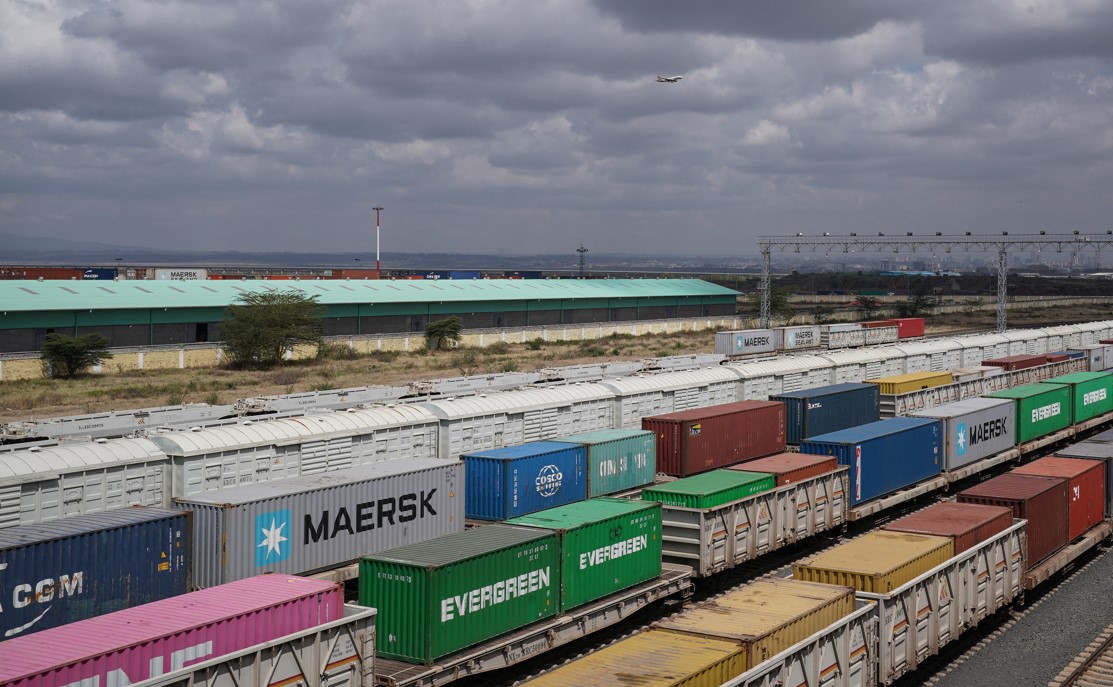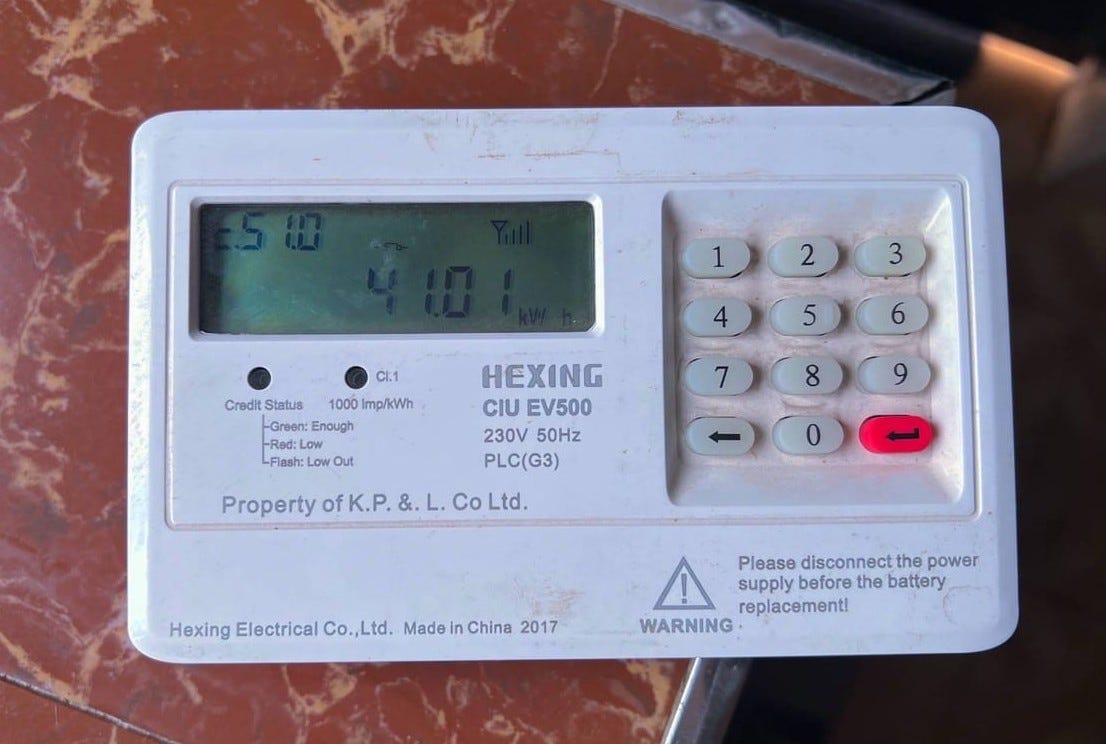Kenya’s imports drop for the first time in five years

Provisional figures from the Kenya National Bureau of Statistics (KNBS) show that the total value of imports between January and April fell to Sh882.16 billion, down from Sh915.43 billion during the same period in 2024.
Kenya recorded a decline in the value of imported goods in the first four months of 2025, marking a notable shift after five years of steady increases.
The drop was mainly driven by lower fuel import costs following reduced international oil prices and renegotiated terms with Gulf suppliers.
More To Read
- KNBS data shows uneven food price shifts as inflation dips slightly
- How digital platforms are creating new pathways for youth, with riders taking home up to Sh70,000 monthly
- Busia destroys Sh21.9 million worth of heroin, bhang in anti-drug operation
- Economic value of unpaid domestic and care work in Kenya
- Study finds Kenya’s unpaid household labour worth Sh2.5 trillion annually
- Kenyan women shoulder Sh1.89 trillion in unpaid domestic work, says KNBS
Provisional figures from the Kenya National Bureau of Statistics (KNBS) show that the total value of imports between January and April fell to Sh882.16 billion, down from Sh915.43 billion during the same period in 2024.
This represents a 3.63 per cent decrease, and it is the first time since 2020 that Kenya’s import bill has reduced within a similar timeframe.
The main contributor to the drop was petroleum and lubricant imports, whose cost fell by 17.54 per cent to Sh183.58 billion.
The decrease came at a time when global oil prices were easing before being affected by the short-lived war between Israel and Iran, which disrupted oil production before a ceasefire was reached.
In response to the earlier decline in prices, Kenya’s government reached a fresh agreement with its key fuel suppliers from the Gulf — Saudi Aramco, Abu Dhabi National Oil Company, and Emirates National Oil Company, who supply fuel in local currency.
In April, the companies agreed to lower prices by up to 14 per cent per tonne, bringing relief to local oil marketers and consumers.
The last similar drop in fuel import expenditure was in 2020, when imports fell by 12.62 per cent to Sh94.77 billion, largely due to the global slowdown triggered by the coronavirus pandemic.
At the same time, the country’s earnings from exports reduced by 4.12 per cent to Sh373.89 billion, slightly weakening Kenya’s external revenue stream.
However, the drop in imports helped reduce the overall trade gap. The merchandise trade deficit shrank by 3.27 per cent to Sh508.27 billion compared to Sh525.47 billion in the same period last year.
Kenya’s struggle to close the trade deficit gap has been prolonged by its heavy reliance on raw agricultural exports like tea, coffee, and flowers.
Many traders avoid exporting processed goods due to high tariffs in destination markets, particularly in Europe, where value-added products attract taxes that make them less competitive.
Other Topics To Read
Top Stories Today












































